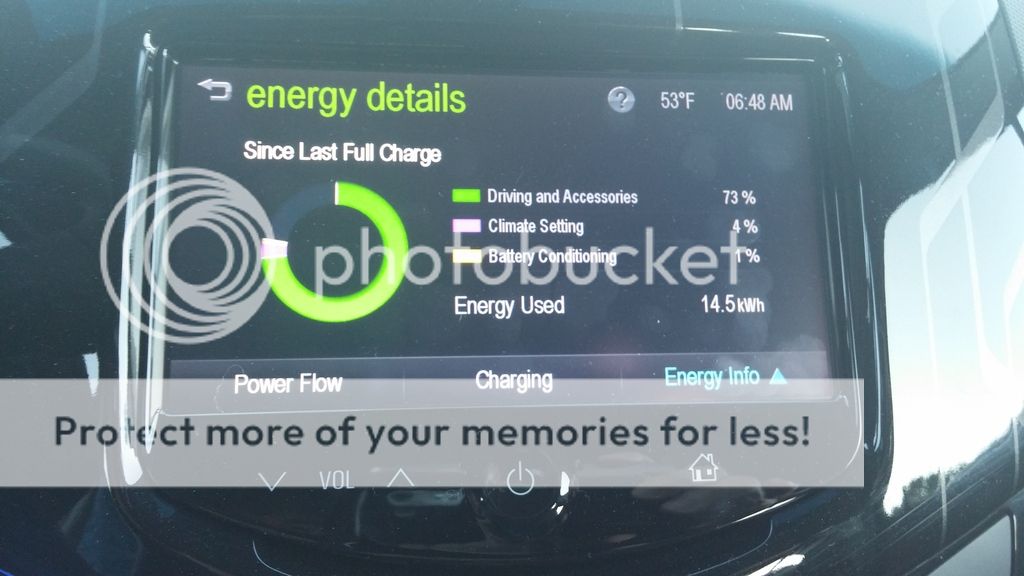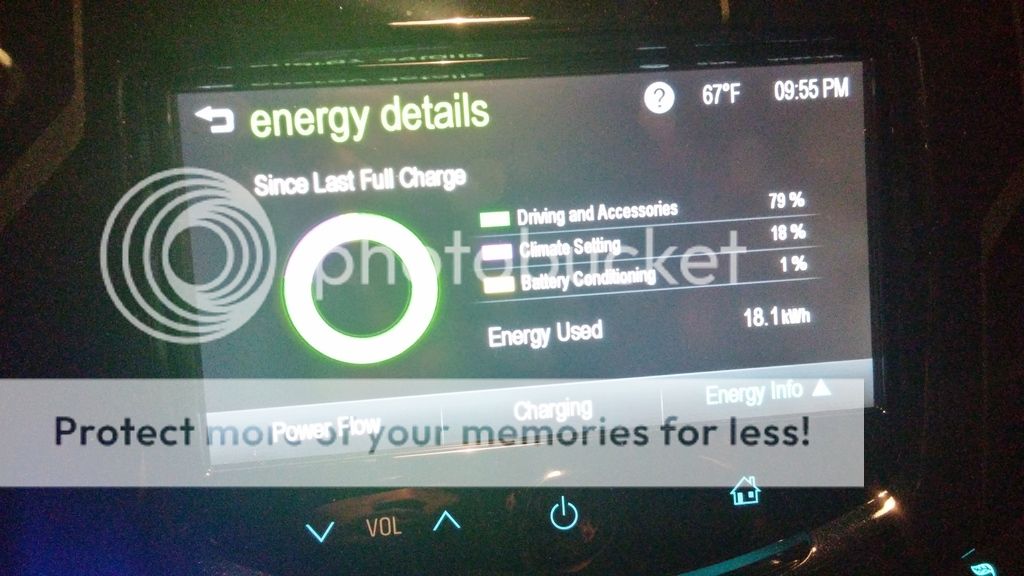SparkevBlogspot said:
Without knowing the battery efficiency, no amount of measurement accuracy will give you absolute scale accurate result. You can measure what happened at the battery terminal, but what's actually in the battery is a mystery and we have to go by what's given in spec. If you put in 18.1 kWh (assuming you know the battery efficiency), what got pulled out will be less than that. As I mentioned, 95% efficiency would be 17.2 kWh that got pulled out.
If you assume 95% each way, it would be even less, but based on Tony Williams range test, I suspect about 95% is both ways. It could actually be even higher, though there will be some variations between cars.
Again, without knowing the battery efficiency, best you can hope for is relative metric. In some cases, you might end up measuing more than 18.4 kWh when charging.
The usable capacity of a battery is invariably taken as the energy available at the battery terminals with a specific load, it is not the chemical energy within the battery. For Lithium Ion batteries it is commonly taken at the 1C rate.
The battery efficiency is thus already factored in and is effectively taken as part of the charging efficiency. You don't need to know it to measure the usable capacity.
For the first year I had my Spark EV I measured the AC energy in and the energy displayed on the energy screen. My average for the year was an AC in to battery out efficiency of 83%. (This includes charger losses, battery losses, TMS consumption and other parasitic losses).
Lithium Ion batteries are commonly ~95% efficient between energy in and energy out. One related figure where they excel is in the coulombic efficiency which is usually better than 99.9% - the A/h out is pretty much the same as the A/h in.
The main energy loss is that the discharge voltage is lower than the terminal voltage during charging.
Lead-Acid and nickel based chemistries are much worse and may only be 70-90% efficient on this basis.
This is the effective capacity of my Spark over 20,000 miles.
kevin


